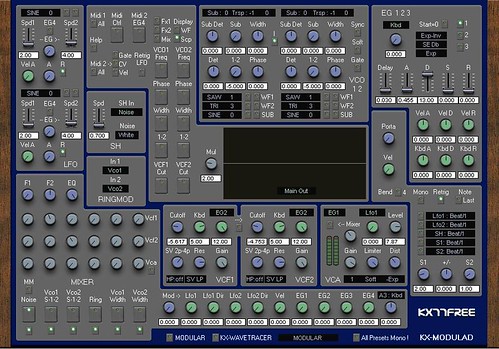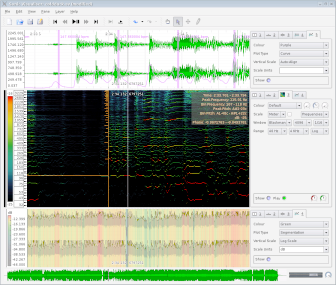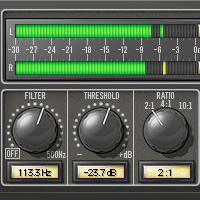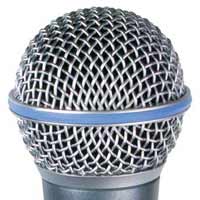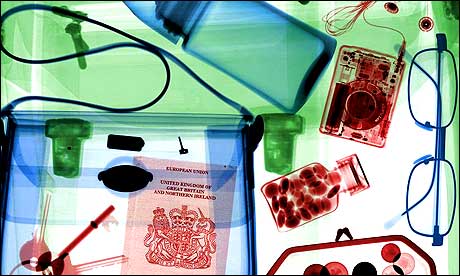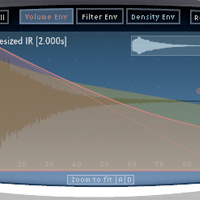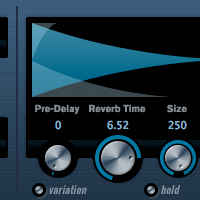 Daniel Blondin
Daniel Blondin has produced some well written and interesting articles centred around the subject of sound design.
The first article focuses on vibrational energies. He talks about how everything in te universe is made up of different forms of energy and that it is possible to produce sounds/music that is harmonious with these energies and that the resulting sounds/music should be 'preferable' to non-harmonious music. Obviously not everyone will find the same music 'preferable' but he suggest that this is because we all have slightly different vibrational energies.
He cites one study in which plants were kept in sound proof rooms, one set were played Led Zeppelin and Jimi Hendrix, the other set were played Indian classical music. It was found that the plants being played rock music withered and died and in fact tried to turn away from the speakers, while the plants that were played Indian classical music grew and flourished and in fact turned towards the speakers.
This may sound like some new-age hippy rubbish, but I suppose it does make some kind of sense...
The second article looks at creature sound design, in particular vocalisation sounds.
He mentions how Ben Burtt created the sound of Chewbacca for the Star Wars films and gives some suggestions of how the same scene can be given different emotional content through the use of different kinds of sounds for the same action.
He also describes the various mechanisms that animals use to create sound; lion roars, wolf howls, whales, crickets, birds, etc... This information could prove useful as starting points when designing sound for a 'made-up' creature - think about how your creature would make sound (what kind of creature it is) and then use the relevant 'real' sound making technique as a starting point.
He then goes on to suggest some different kinds of audio processing effects that can be used creatively to create some interesting sounds, such as granular sampling/synthesis, formant filters, convolution, pitch shifting and morphing.
Other articles discuss issues such as creative commons (cc) licences, location recording with the Zoom H4 portable recorder - more an account of his experiences rather than tutorials.
Another article takes you through the creation of your own starwars lightsaber sounds. He discusses the original approach that Ben Burtt used and how to go about recreating this. He also offers advice for simulating each of the physical processes in the original methods.
Ben Burtt used very little synthesised sounds in his starwars work, rather preferring to use mechanical and organic sounds combined with real-world physical processing. This technique lent his sounds a "real-world" quality which is often cited as being the reason the soundtrack to the starwars films works so well.
Daniel has also written an article based on his experiences attempting to record underwater sounds. He documents the various approaches he used and some of the problems he encountered.
His final article entitled "The future sound of vehicles" discusses the approaches of various sound designers when designing vehicle sounds for films such as Transformers, Tron, Star Wars, Bladerunner and the Matrix.
He also describes approaches to designing your own vehicle sounds using software plugins to recreate the acoustic effects of movement on sound.


